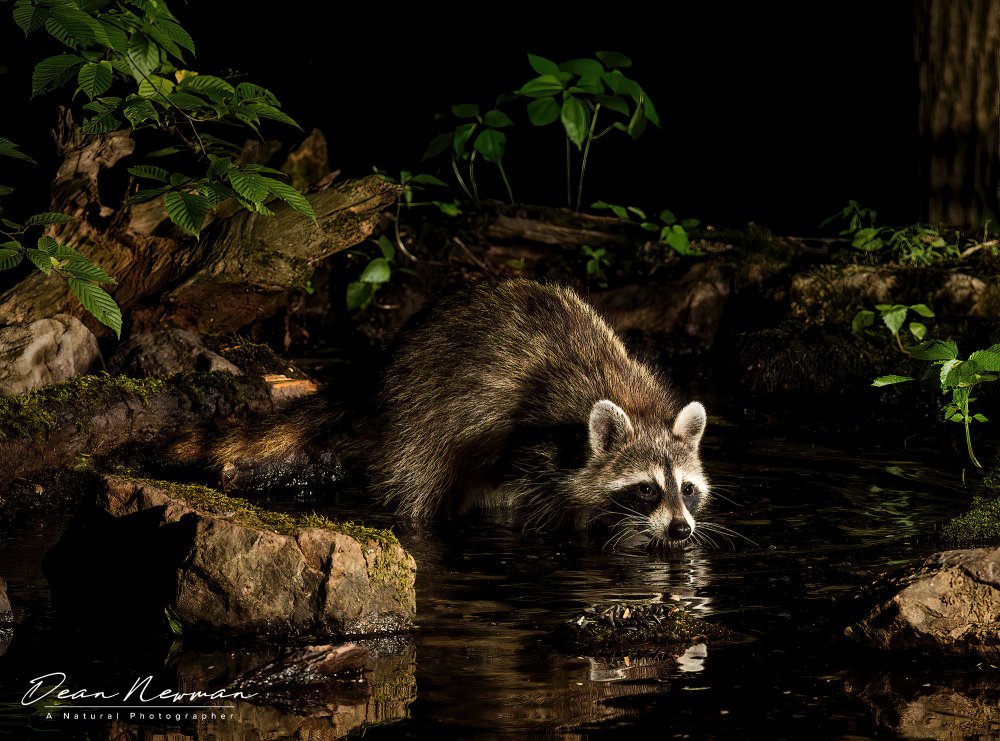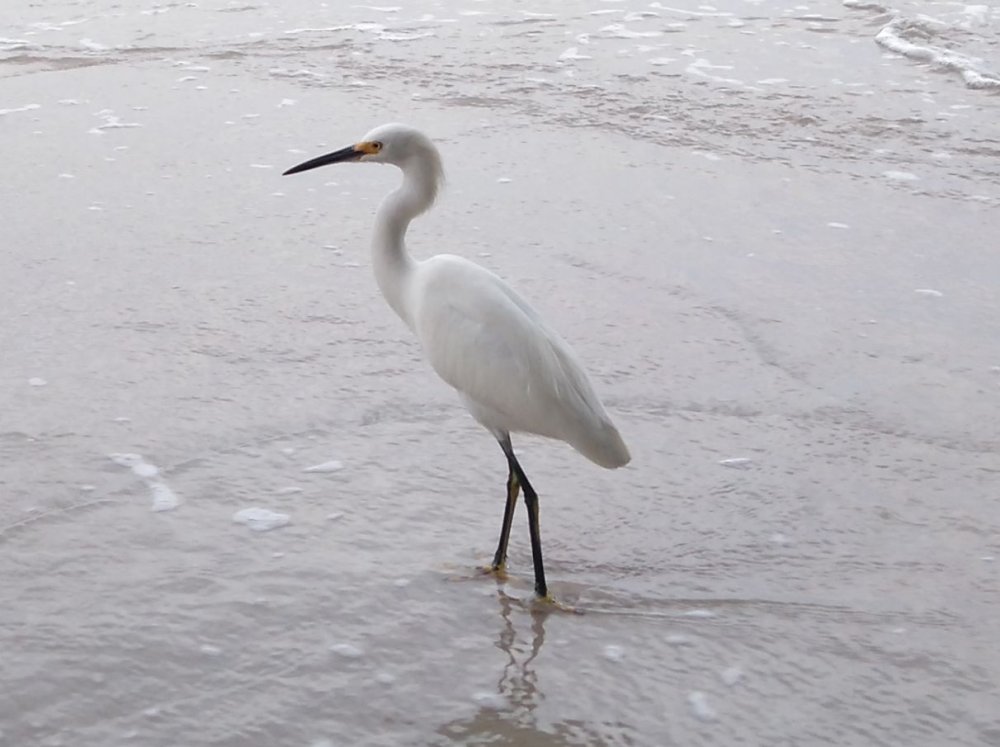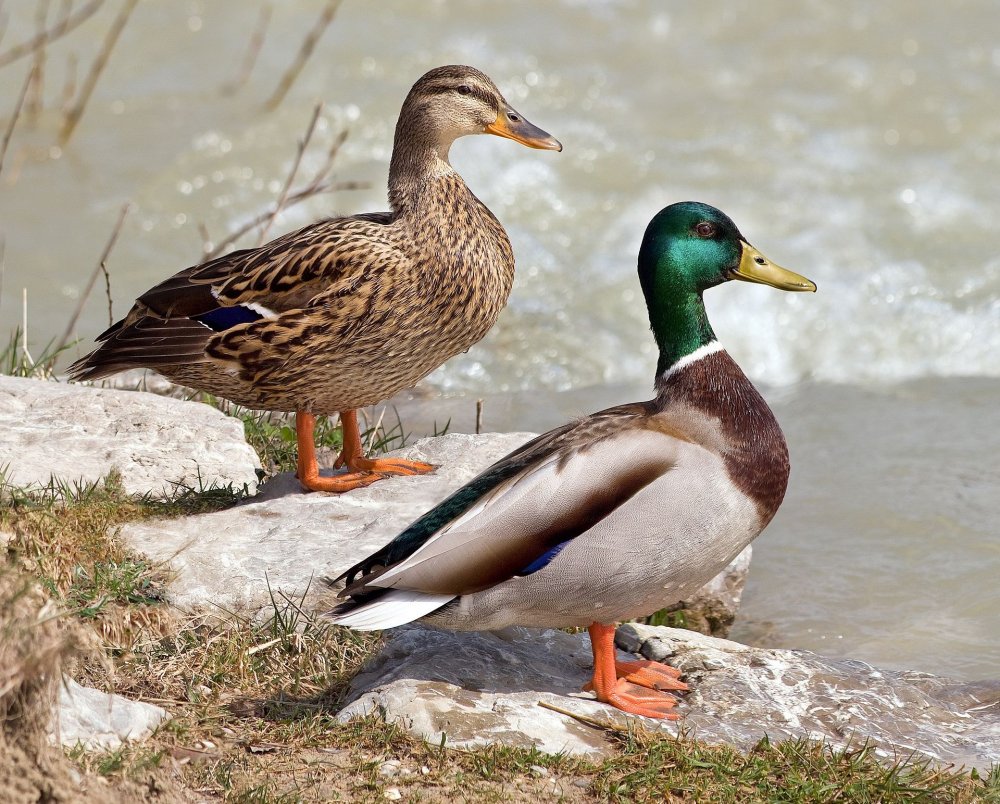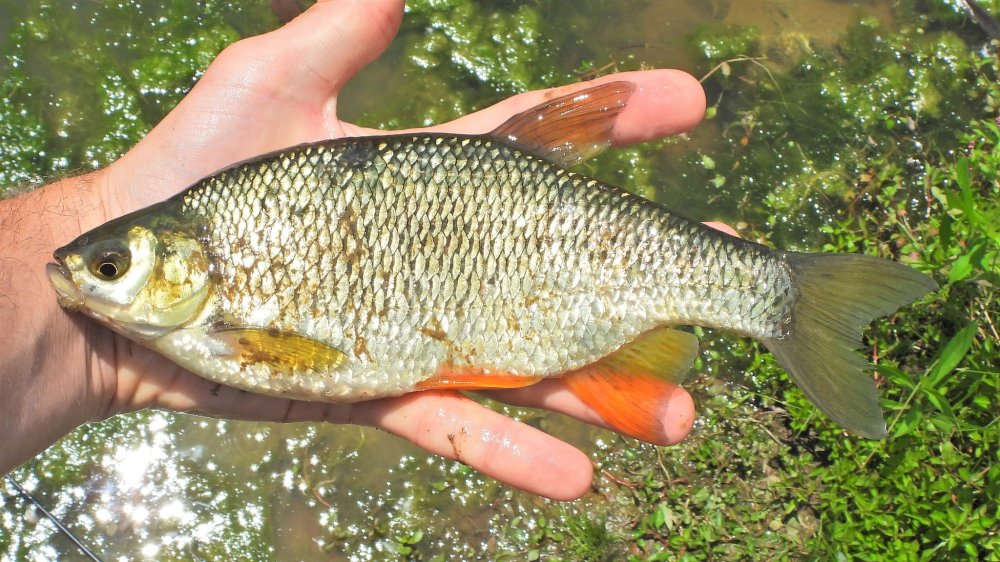Wildlife
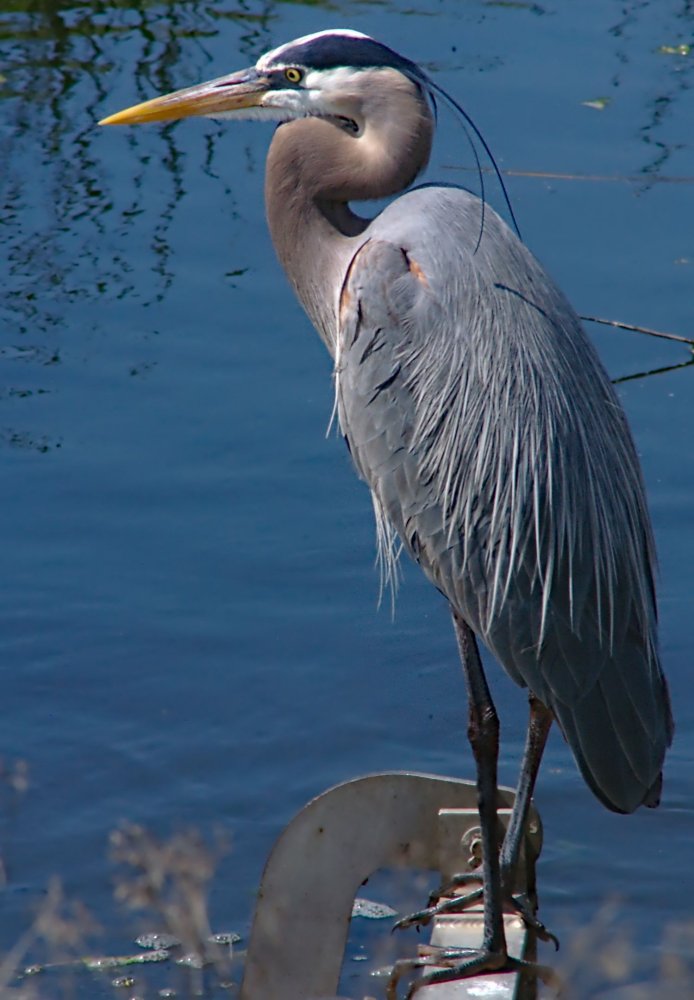
Kayaking is an outdoor activity. Yes, kids, you’ll have to put down your game controllers and go outside. Out there is what us older folks call nature. Nature can actually be quite beautiful and interesting, and you don’t have to worry about your screen resolution and refresh rate – both are infinity. So here is a short list of flora and fauna ( plants and animals ) that you might see in freshwater environments:
Birds
Fishes
Turtles, Frogs & Snakes
Mammals
Bugs
Plants
Salt Water
All of the birds listed above can also be found in saltwater environs. The list of saltwater fishes is too long to even start. Insects and amphibians have poor tolerance for saltwater and are not found there, but many other types make up for that. Likewise, seals and dolphins may be found in our bays and inlets.
This is by no means an exhaustive listing, just a few representative types that you are likely to see on almost any trip. I’m going to be lazy here, and filch a lot of material from Wikipedia. I’m keeping this all informal and unscientific; I’m not even going to bother with Latin names. However, if there is something you want to know more about, I will place Wikipedia links.
